If you’re here because you’re suffering from cystic acne, you’re not alone. It’s estimated that 80% of the population will eventually have to treat some form of acne in their lifetime, with cystic acne being the most severe form. Cystic acne usually results in deep painful pimples that become red, inflamed and possibly cause scarring.
If you’re wondering how acne starts in the first place, let us break it down for you. Your skin consists of pores/hair follicles commonly known as sebaceous glands. These glands make an oily, waxy substance known as sebum. The sebum coats your hair and skin, helping to moisturize, lubricate and protect it. Depending on your age, certain hormones will cause the sebaceous gland to produce more sebum, causing the pores to get clogged on your face, body and/or scalp.
If you want to get technical, a medical article published by the National Center for Biotechnology Information (NCBI) states that “Human sebum consists of squalene, esters of glycerol, wax and cholesterol, as well as free cholesterol and fatty acids. Triglycerides and fatty acids, taken together, account for the predominant proportion (57.5%), followed by wax esters (26%) and squalene (12%). The least abundant lipid in sebum is cholesterol, which with its esters, accounts for the 4.5% of total lipids.2 The most characteristic products of sebaceous secretion are squalene and wax esters.” If you want to go deeper into sebum production and endocrinology click here. When your pores start to get overly clogged with the waxes and squalene, bacteria will get trapped in your hair follicles and your more likely to experience acne symptoms such as redness, inflammation, bumps, pimples or cysts, depending on how the bacteria reacts on your skin.
What are the top 3 cystic acne causes?
You’ll notice that these three factors are closely related and that it takes a holistic approach to treat imbalances within our bodies. Our hormones, the foods we eat and stress are the three biggest factors contributing to your acne and outbreaks.
1. Hormones
No matter your age, your hormones may be the root cause of your most recent cystic acne outbreak. In our early teens we experience hormonal changes due to puberty, making acne very common. Some people will experience more acne than others and that largely depends on hormones called androgens. These hormones increase during puberty, usually starting around age 10. Teenage acne can last into early adulthood but may go away after 1-2 years.
2. Diet
It’s strange to think that the foods we eat could be throwing our whole body out of wack, and wrecking havoc on our skin, but it’s true! What you eat can have a positive or negative affect on your skin. There are a laundry list or foods that can cause allergies to act up and/or trigger inflammation inside the body. Inflammation is the bodies response to protecting itself, and some of the main food culprits are; gluten, dairy, refined sugar, white carbohydrates, red meat and alcohol.
If you suffer from mild inflammation and it remains undiagnosed it could result in chronic inflammation which then becomes more challenging to reverse. Some signs of chronic inflammation include: Cystic acne, rosacea and other skin problems, brain fog, low vitamin and mineral levels, fatigue, bloating and digestive issues, joint pain, and headaches.
You may want to try an anti-inflammatory diet if you find your inflammation is causing health issues. An example of this would be the Mediterranean diet, which is high in vegetables, fruits, nuts, seeds, healthy oils, whole grains and lean protein.
If you are having concerns about inflammation, you can ask your doctor to order a blood test to check for inflammation in the body. You may want to ask to have your Elevated High Sensitivity C-Reactive Protein (HS-CRP) checked. This test may paint a better picture as to what’s happening inside your body and what solutions are available. It’s always best to speak with your health care provider.
3. Stress
The world we live in is fast paced and instantaneous, from work, family, friends and the integration of the digital world into our lives, this can have positive or negative implications on our bodies. When we start to over deliver and push ourselves, we risk overdoing it and don’t properly manage the stress that can be brought on. Stress doesn’t have to be a bad thing if we can identify it and manage it properly. It is important to realize that stress isn’t the main cause of adult acne breakouts, but it is a trigger.
Earlier in this article we talked about the sebaceous glands and the production of sebum. In a piece written by Markham Heid for TIME, he interviews Dr. Adam Friedman, an associate professor of dermatology at George Washington University. Dr. Friedman points to a stress-related hormone called CRH, or corticotrophin-releasing hormone, as one culprit of acne production related to stress. He states, “CRH can bind to receptors in the skin’s sebaceous glands, and that binding drives up the skin’s oil production — which can cause pimples.”
Cystic Acne Treatment
Photo Credit: Ella Olsson on Pexel
There are several reasons you may be experiencing cystic acne breakouts, the goal here is to get to the root of the problem and heal what’s causing your symptoms. Here are the top 6 ways you can begin to address the issue and begin restoring your body back to its normal balance.
1. See a professional for help
Speaking with a naturopath, doctor of functional medicine or a dermatologist. We prefer a naturopath or Dr. of Functional medicine for two reasons. They treat each person as an individual and they work on getting to the root of the problem. You’ll have to research which option best suits you. Ratemeds.com is a great place to research local health care professionals in your area.
2. Lower inflammation in the body
Cut out foods that cause inflammation like alcohol, dairy, gluten, refined sugar and white carbohydrates.
3. Mediterranean Diet
Eat a more plant-based diet with healthy fats from avocado, olive oil and omegas. Choose lean protein and lots of fresh vegetables.
4. Hormones
Get your hormones under control. If your hormones are out of balance, we recommend speaking with a professional, to implement a plan to address the issue in a safe and managed way.
5. Keep your skin clean
Use gentle products that cleanse your skin deeply without stripping oils. Make sure you cleanse your face, jaw neck and body, lightly washing the cystic acne on chin and jaw area.
6. Stress
Reduce the amount of stress in your life.
Conclusion
Photo Source: APAX Medical and Aesthetics Clinic
Once you have your acne under control you may want to explore options to treat any scarring that’s occurred. Technological advances in medical esthetics have come a long way, giving you a lot of possibilities to choose from for cystic acne treatment. In some extreme cases, depending on the type of scarring you have, your medical professional may recommend a combination of the treatments listed below to yield the best results. We spoke with one of Toronto’s top Medical esthetician’s, Jennifer Campbell, and she believes that a combination of treatments yield the best result for patients who are treating deep scarring.
Jennifer says “the only option is resurfacing, and aggressively, using eC02, Fraxel and Halo. Scars also respond well to injections using hyaluronic acid. By combing treatments based on each patients needs, the patient will achieve the highest results.”
Laser Treatments
Fractional laser resurfacing, such as Fraxel repair, eC02 and Halo are the more expensive options to treat scarring but it yields amazing results with minimal downtime (3-5 days) and works best as a cystic acne treatment. This skin resurfacing treatment uses a laser to go deep into the dermis and heat the skin inside, dissolving the old scar tissue. This process increases collagen production at the site to work from the inside out. Collagen is the bodies natural healing process which makes fractional laser resurfacing a safe and effective treatment for the skin when done by a highly trained professional.
Subcision
A safe surgery method performed in an Dr’s office that improves the look of deep, “rolling acne scars” long-term. Your skin consists of three main layers know as; the Epidermis(top, outermost layer) the dermis and the subcutaneous layer made of fat and connective tissue. A subcision procedure uses a hypodermic needle to puncture the skin and break the fibrotic strands from the subcutaneous layer that connect to the acne scar, relieving pressure. The scar will lift once the strands are cut and new connective tissue forms during healing.
Dermal Fillers
This is a temporary procedure to improve the look of scarring. Depending on the type of fillers being used, your results can last anywhere from a few months to a few years. Hyaluronic acid based dermal fillers are a great option to treat deeply scarred skin. Perlane, Juvederm, Radiesse, Belotereo, Restylane and Sculptra are all different types of fillers your medical professional may suggest using to fill in the scarred area.
Natural Treatments
If you want timely and guaranteed results this option may not be for you. I constantly profess my love for all things natural but if your scarring is deep you will most likely need to speak with a professional and investigate a medical treatment.
Good luck with finding a treatment that works for you and your body. Remember that these things can take time, so have patience and know that there are great cystic acne treatments available for you.
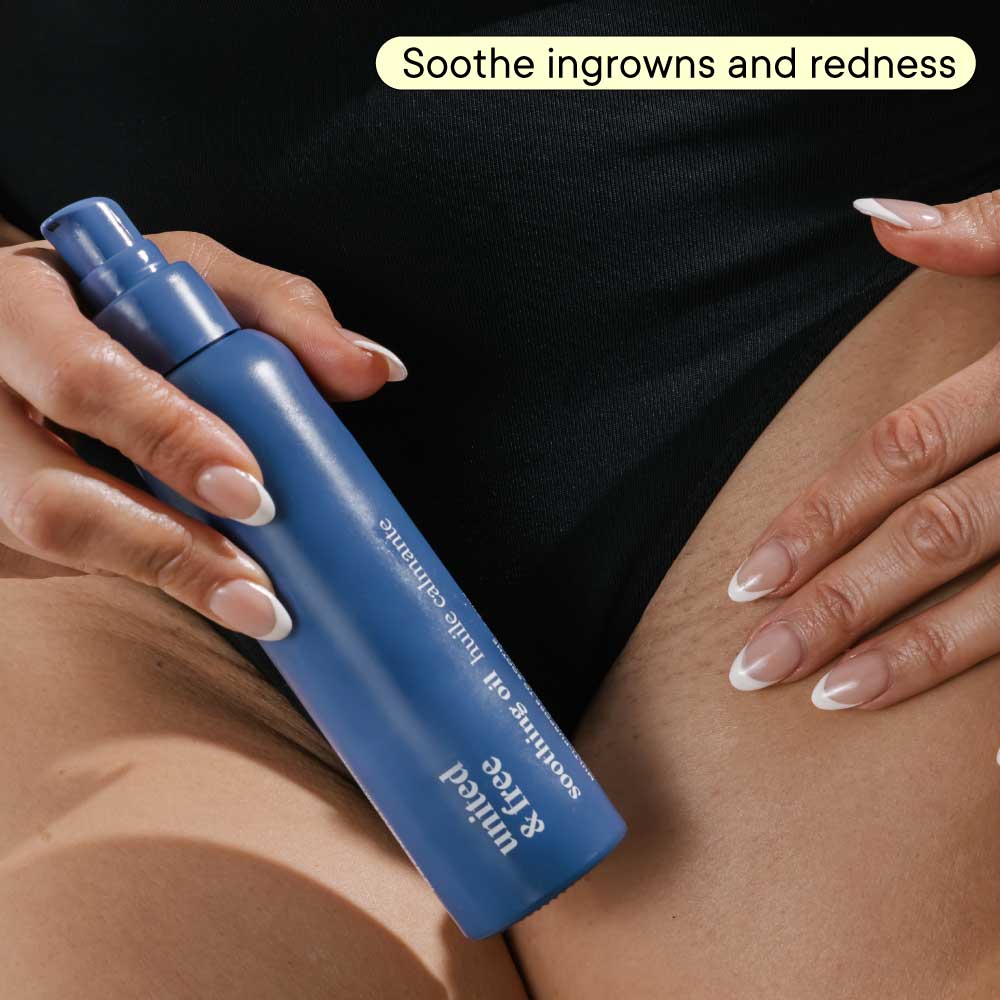
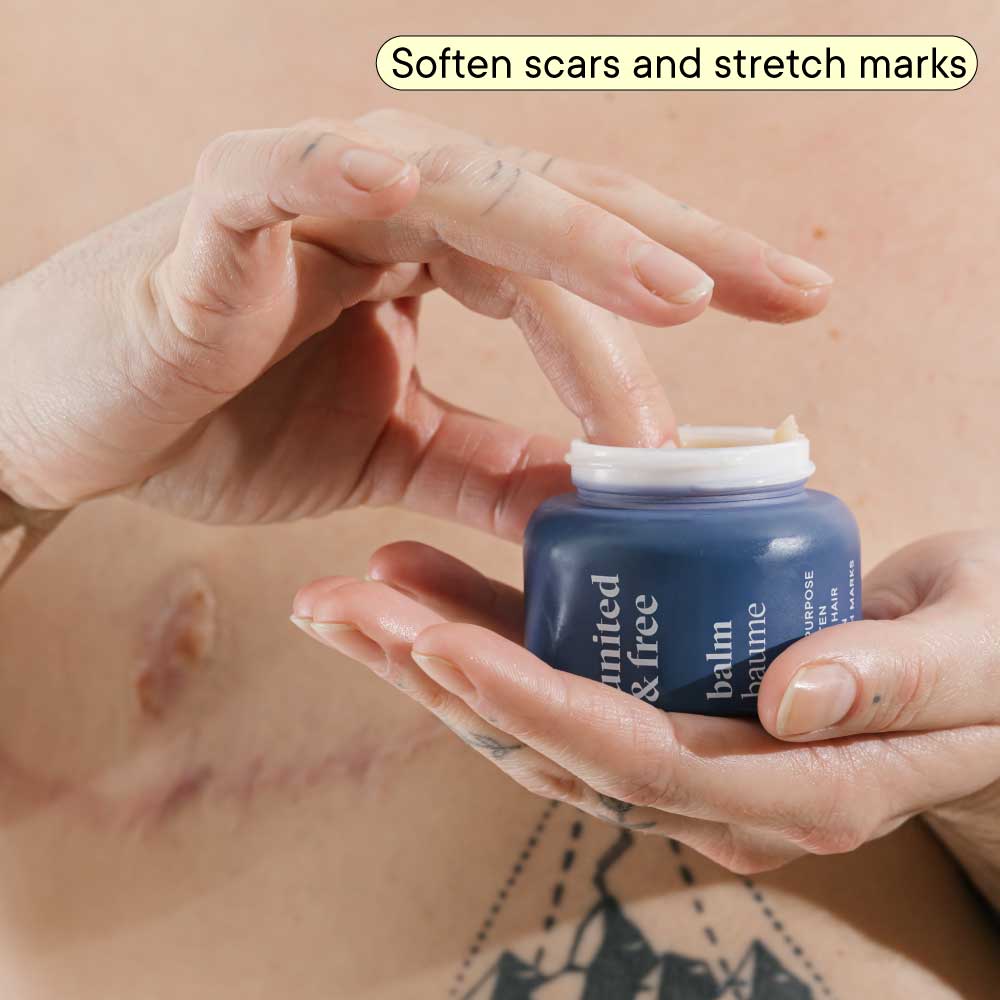
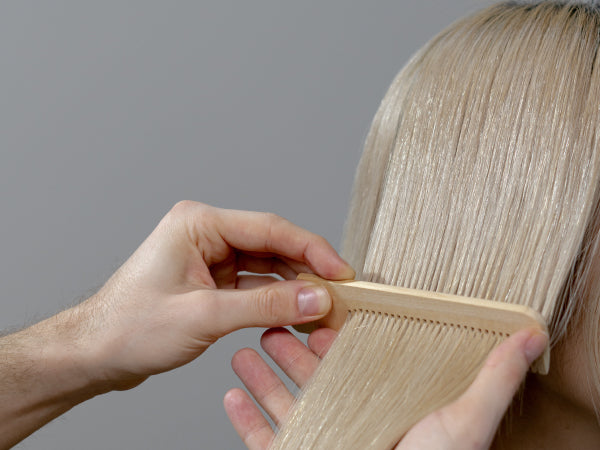
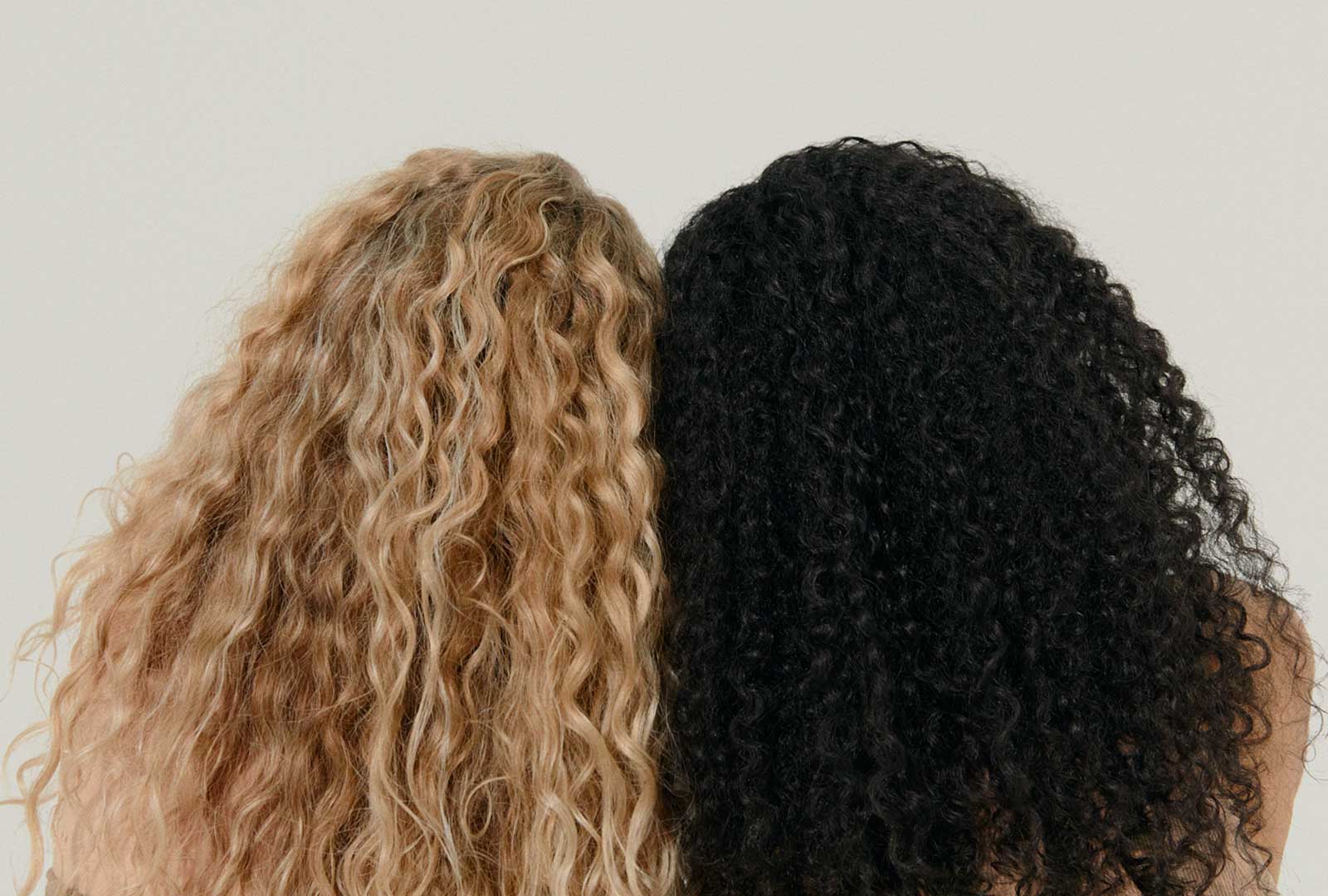
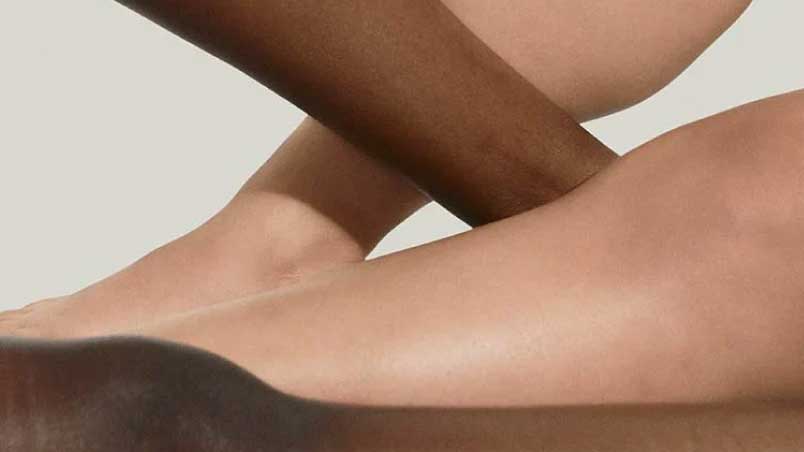
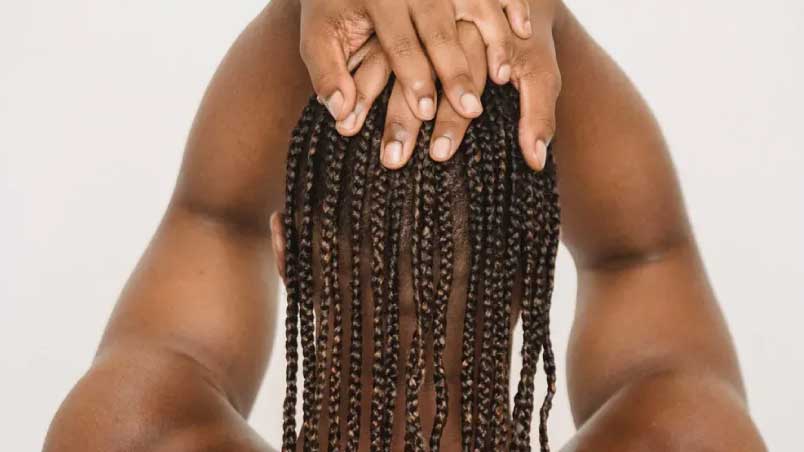
Leave a comment
All comments are moderated before being published.
This site is protected by reCAPTCHA and the Google Privacy Policy and Terms of Service apply.